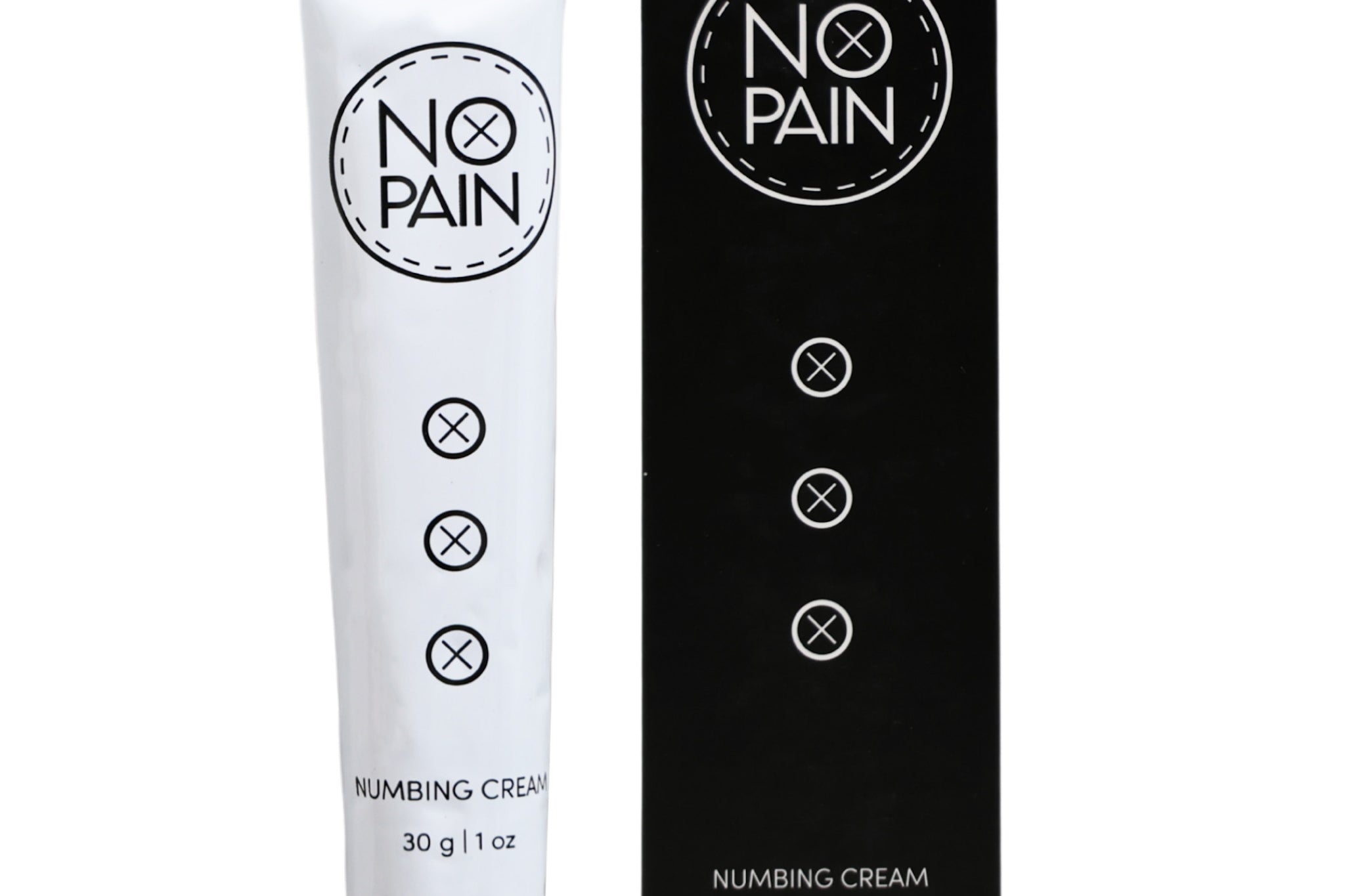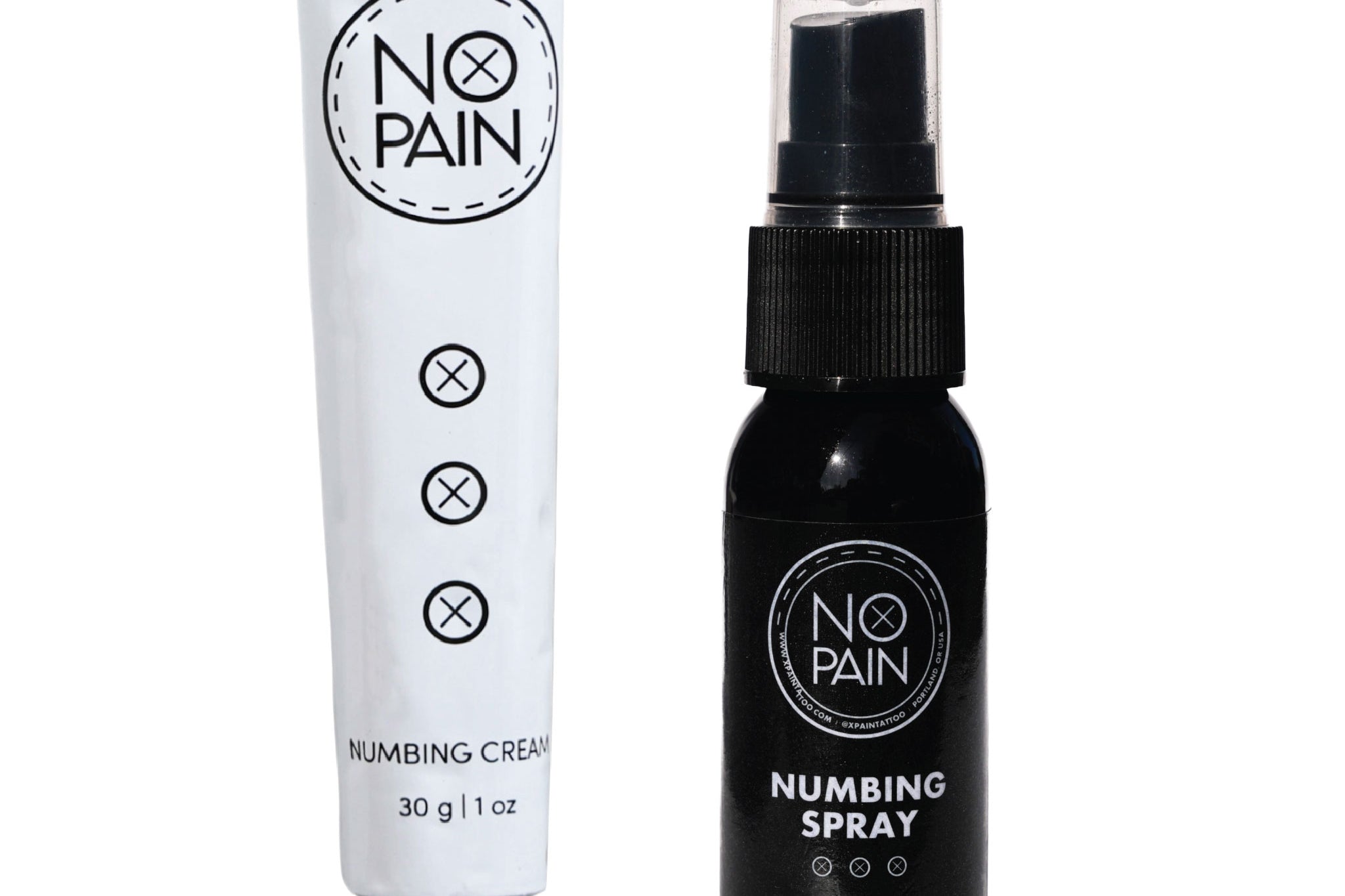Delicate, trendy, and perfectly placed for a subtle statement, finger tattoos have exploded in popularity. Whether it's a tiny symbol on the side of a finger, a delicate vine wrapping around it, or a meaningful initial, these tattoos have a unique and undeniable charm.
However, any reputable tattoo artist will tell you that this placement is one of the most challenging—not just to tattoo, but especially to heal. The healing process for a finger tattoo is a completely different beast than for a tattoo on your arm or leg, and it's critical to go into it with the right expectations.
This is your honest guide to the finger tattoo healing timeline, the challenges you'll face, and the meticulous aftercare required for the best possible result.
The Healing Timeline: A Tale of Two Stages
While a tattoo on your forearm might feel mostly healed after a couple of weeks, finger tattoos operate on a different schedule.
-
Initial Surface Healing: The first phase, where the skin closes up and the peeling or scabbing finishes, typically takes about 2 to 3 weeks.
-
Full Healing & Settling: For the ink to truly "settle" into the difficult skin of the finger and for the skin to fully regenerate its normal texture and durability, it can take much longer—often 4 to 6 weeks or more.
Why Finger Tattoo Healing is So Difficult
Why the longer, more difficult heal? It all comes down to the unique anatomy and function of your hands.
-
Constant Movement: Your fingers are almost never still. The constant bending and flexing of your knuckles puts a huge amount of stress on the healing skin. This movement can cause the skin to crack, which can lead to ink loss.
-
Unique and Thin Skin: The skin on your fingers is very different from the skin on your arm or back. It's thin, has fewer fat and muscle deposits, and regenerates much faster. This makes it harder for the skin to hold onto ink in the first place.
-
Frequent Washing: We wash our hands constantly throughout the day. While keeping your tattoo clean is important, this frequent exposure to water and soap can easily dry out the healing skin and disrupt the delicate process.
-
High Friction Zone: Think about everything your hands do in a single day: going into pockets, holding your phone, typing on a keyboard, gripping a steering wheel. This constant friction is brutal on a healing tattoo and is a major cause of ink falling out.
The Unavoidable Truth: Fading and Touch-Ups
It's vital to go into this process with realistic expectations: Your finger tattoo will almost certainly fade. It is not a matter of if, but when.
The combination of difficult healing, constant use, and rapid skin regeneration on your hands means that even a perfectly healed finger tattoo will look softer and more faded over time than a tattoo anywhere else on your body. For this reason, most finger tattoos require regular touch-ups every few years to keep them looking crisp and bold. Many artists will be upfront about this during your consultation.
A Meticulous Aftercare Routine is Your Best Chance
Because this placement is so challenging, your aftercare routine has to be absolutely perfect. You have very little room for error.
-
Wash Carefully: You have to wash your hands, but you must be gentle. When you wash, use a very mild, antimicrobial cleanser. Our No Pain Tattoo Cleansing Foam is ideal because it's powerful enough to kill germs but incredibly gentle on the skin. For general hand-washing throughout the day, try to just wash your palms and avoid scrubbing the tattooed fingers if possible.
-
Moisturize Often, But Lightly: The key to healing finger tattoos is frequent but very light moisturization. The constant washing will dry them out. After every wash, once the area is completely dry, apply a very small amount of our No Pain Tattoo Aftercare Balm. Its nourishing formula will protect the skin and prevent cracking, but it's breathable and won't suffocate the area. The "less is more" rule is critical here; a thin, satin sheen is what you're looking for.
-
NO SOAKING: This is non-negotiable. Do not submerge your hands in water for any length of time. This means no baths, no swimming, and absolutely no doing the dishes without wearing waterproof gloves.
The Verdict: A finger tattoo will take a solid 2-3 weeks for surface healing and over a month to fully settle. The process is challenging, and you should expect the tattoo to fade over time.
Your best, and really only, chance at a beautifully healed finger tattoo comes down to a meticulous aftercare routine with high-quality, gentle products. By understanding the challenges and committing to a perfect aftercare plan, you can give your tiny piece of art the best possible chance to heal well and last as long as possible.




